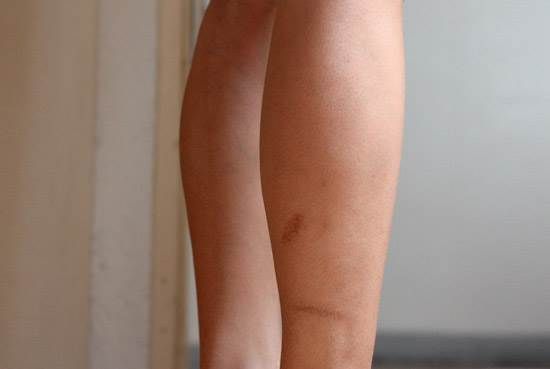Scars are familiar to each of us. In daily life, scars will inevitably be left on the skin, ranging from surgery to small bumps. There are countless products and treatment options that claim to reduce scarring, whether or not scar dressings are effective. Let's come with me to understand the methods and effects of scar dressings to reduce the appearance of scars.
What is scar dressing?
The scar dressing is made of high-purity medical-grade silicone. Utilizes closed hydration to target hypertrophic scars and keloids, effectively reduce scars, inhibit scar hyperplasia, and improve the appearance of scars. And it has extremely low skin allergies, suitable for all types of skin. It is non-toxic to human skin, non-irritating, non-antigenic, safe and comfortable for application, and suitable for various types of hypertrophic scars.
Do scar dressings really work?
silicone scar dressing flakiness or silicone scar dressing tubular can prevent and treat scars caused by surgery, burns, and other trauma to a certain extent, soften and smooth scars, and relieve itching caused by scars, discomfort, or pain. This requires attention to early application after wound healing, persistent application, and combined application such as compression therapy will have an effect. It is not relying on these measures to control scar hyperplasia. Scar stickers or scar gels cannot make scars disappear, and it is nonsense to advertise that scar stickers or scar gels can make scars disappear, and it does not conform to the objective situation.
Different styles of scar removal dressings are suitable for:
silicone scar dressing flakiness: applied to cleansed, dry, fully healed skin to effectively repair the area. It forms a protective layer to prevent damage and infection. The active ingredient is silicone, which works by reducing collagen overgrowth and flattening scars.
silicone scar dressing tubular: suitable for surgery, burns, lacerations, and various types of keloids and hypertrophic scars. Gel-type silicone is highly malleable and suitable for areas of skin irregularity or active children. When the gel is applied to the skin, it dries quickly and forms a breathable, transparent, and waterproof layer to protect against chemical, physical and microbial intrusion. Silicone scar gel has scar-improving properties due to the hydration of the scar and hydration provides better collagen tissue during the healing phase. It smoothes, softens, and smoothes scars, relieves itching, and reduces scar-related discoloration.
Use related questions :
Question 1: When to start using it?
It can only be used after the wound is fully healed. Avoid using scar stickers or scar gel on wounds that are not fully healed. If it is an incision where the stitches have just been removed, please start using it 10-15 days after the stitches are removed; if there is a scab on the wound, please wait 10-15 days after the scab falls off naturally.
Question 2: How to use it?
silicone scar dressing tubular: very simple to use. Wash and dry the scarred area first. Take a small amount of scar gel and apply it on the scar, and the range should be about 1cm beyond the edge of the scar. Wait for about 15 minutes, and the scar gel will cover the surface of the scar to form a thin film.
silicone s car dressing flakiness: first clean the scar area and dry it, cut it according to the shape and size of the scar, and stick it on the scar area. Stick the sticky side on the scar, and the range is about 1cm beyond the edge of the scar. Parts or parts that are not easy to stick firmly can be wrapped and fixed with a thin elastic band. In order to make the skin adapt, stick it for 2-4 hours a day on the first and second days of use, and stick it for 8 hours a day on the third and fourth days. Post 12 hours a day on the 5th and 6th day. If there is discomfort such as redness and itching of the skin, the scar sticker should be removed, let the skin rest for 1-2 hours, and then put it back on again. When the skin is fully adapted, stick to it for more than 16 hours a day.
Note: The range of application should exceed the edge of the scar by about 1cm, and the scar with needle holes should exceed the edge of the scar.
Question 3: Frequency of use and course of treatment:
After the skin adapts, use it for 12-24 hours a day (at least 12 hours a day), and it should be used continuously for at least 3-6 months. Depending on the condition of the scar, the treatment period may be even longer until the scar softens and the congestion subsides.
For more information on Innomed® silicone scar dressing, refer to the previous articles. If you have customized needs, you are welcome to contact us; we will serve you wholeheartedly.
At Longterm Medical, we transform this data by innovating and developing products that make life easier for those who need loving care.
Editor: kiki Jia
Date: February 8, 2023

 English
English عربى
عربى Español
Español русский
русский 中文简体
中文简体








